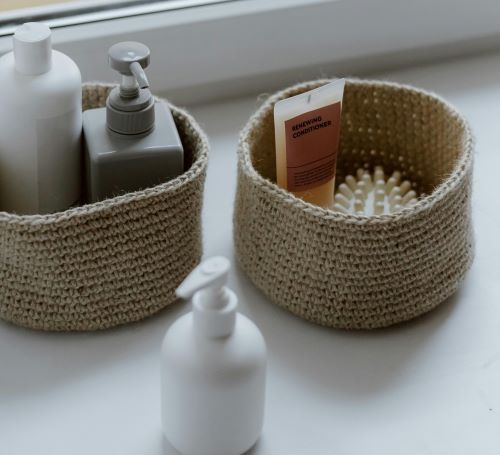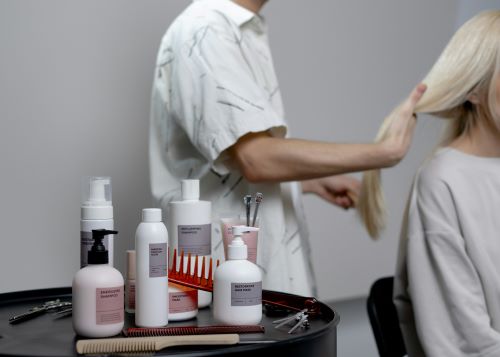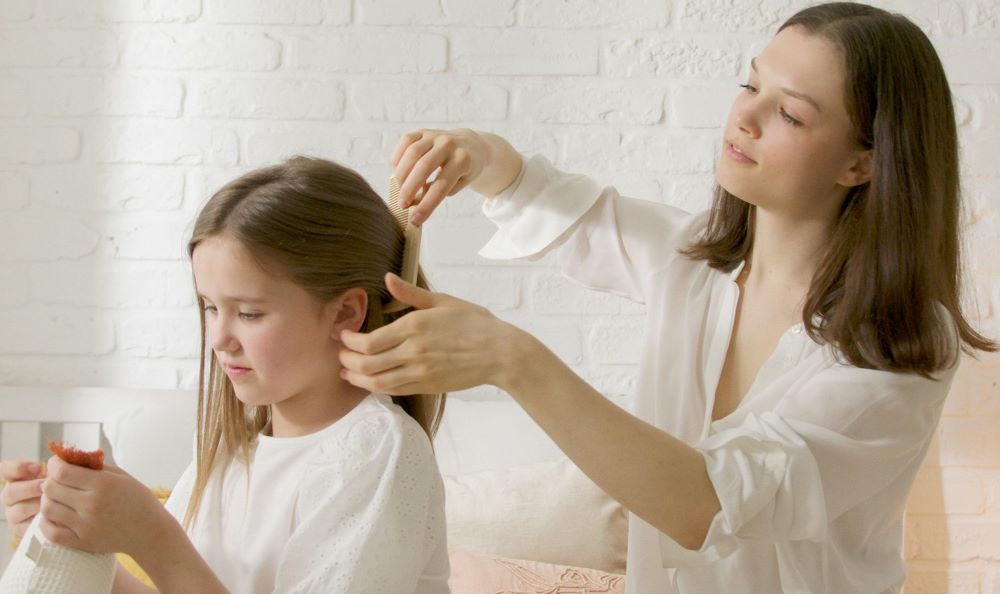Should you wash your hairbrush? Discover how often to clean it, the best methods for different brush types, and why skipping this step can affect your hair health.
Should you wash your hairbrush? Absolutely and it’s more important than most people think. If you’re like many, you probably brush your hair every day but rarely clean the tool you’re using. Hairbrushes collect product buildup, oils, dead skin cells, and loose hairs over time. Neglecting to clean your brush can lead to greasy hair faster, clogged bristles, and even scalp irritation.
Understanding how to clean your hairbrush properly doesn’t just keep your brush looking better it improves hair hygiene, promotes scalp health, and ensures your styling tools last longer.
Why Cleaning Your Hairbrush Matters
Hairbrushes act like magnets for dirt, dust, oils, and hair products. As you continue brushing day after day, that residue gets transferred back to your clean hair. This is especially true for those using styling creams, dry shampoos, or leave-in treatments. People searching for reasons why their hair gets oily too fast often overlook a dirty brush as a contributing factor.
A clean hairbrush reduces the chance of spreading bacteria or yeast on the scalp, especially for those prone to dandruff or scalp conditions. Simply put, if you want cleaner, healthier hair, cleaning your brush is a must.

How Often Should You Wash Your Hairbrush?
The frequency depends on your hair type, how often you use your brush, and how much product you apply. As a general guideline:
- Daily brushers should clean their brushes once a week
- If you use a lot of styling products, clean it twice a week
- Occasional brushers can wash theirs every 2–3 weeks
Removing hair daily and doing a deep clean regularly is a smart maintenance habit. If you’ve ever wondered how often you should deep clean beauty tools, hairbrushes should definitely be on that checklist.
How to Clean Your Hairbrush
Cleaning your hairbrush doesn’t need to be complicated. Here’s how to do it at home using simple supplies:
What You’ll Need:
- A bowl of warm water
- A few drops of shampoo or gentle soap
- An old toothbrush or small cleaning brush
- A comb or scissors (to remove tangled hair)
Cleaning Steps:
- Remove trapped hair using your fingers, a comb, or scissors.
- Soak the brush (avoid soaking wooden handles or padded bases) for about 10–15 minutes.
- Scrub bristles gently using the toothbrush to dislodge buildup.
- Rinse thoroughly and shake off excess water.
- Air dry bristle-side down on a clean towel.
If you are searching for natural ways to clean hairbrushes this method is effective without needing harsh chemicals.
Best Practices for Different Brush Types
- Boar bristle brushes: Avoid soaking the wood; instead, dip the bristles only.
- Paddle brushes: Check if yours has a cushioned base—don’t submerge it fully.
- Plastic or silicone brushes: These can usually handle full soaking and scrubbing.
Different brush materials need different care, and many looking for how to extend the life of hair tools often overlook these simple adjustments.

Signs Your Brush Needs Cleaning
If you’re unsure whether it’s time to clean your brush, look out for:
- Discolored or clumped bristles
- An unpleasant odor
- Hair that looks greasy right after brushing
- Difficulty moving the brush through your hair
Searching for signs your hair tools are dirty often leads people to realize that their hairbrush needs just as much cleaning attention as makeup brushes.

Q1: How do I know if my hairbrush is dirty?
A dirty hairbrush often has visible hair buildup, dust, and product residue. If your brush smells bad, has discolored bristles, or leaves your hair feeling greasy even after washing, it’s a clear sign it needs cleaning. Regular maintenance helps avoid scalp irritation and hair product buildup.
Q2: What is the safest way to clean a hairbrush without ruining it?
The safest way to clean a hairbrush is by soaking only the bristles in warm water with mild shampoo, using an old toothbrush to scrub gently. Avoid fully submerging wooden or cushioned brushes. Let it air dry with bristles facing down to prevent water damage.
Q3: Can using a dirty hairbrush cause dandruff or hair loss?
Yes, over time a dirty hairbrush can collect oils, dead skin, and bacteria, which may contribute to scalp irritation, flaking, or even clogged follicles. While it won’t directly cause hair loss, poor scalp hygiene from dirty brushes can aggravate existing conditions.
Should you wash your hairbrush?
Yes and regularly. It’s a small habit that makes a big difference in how your hair looks and feels. Not only will it promote a cleaner scalp and longer-lasting hairstyles, but it can even help reduce issues like dandruff or oiliness.
Taking just a few minutes a week to clean your brush is a beauty ritual that offers long-term benefits, especially for those using high-end styling products or who deal with sensitive scalps.
This article is for informational purposes only. This article is not, nor is it intended to be, a substitute for professional medical advice, diagnosis, or treatment and should never be relied upon for specific medical advice. This article is the views of the expert and does not necessarily represent the view of Little Beauty Blog.
